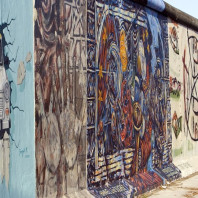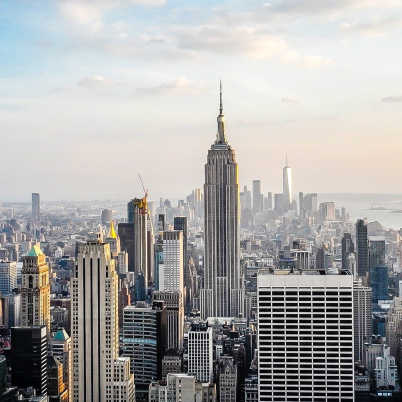Dichtbij of zelfs in steden zien we deze vertical farms opkomen. Ze maken maximaal gebruik van de beperkte ruimte door op een innovatieve manier groente te kweken. Dicht bij de consument, zodat het dezelfde dag nog vers in de winkel ligt.
Anyone in vertical farming will tell you that we envision a future where all farms look like this. But I think the reality is soil erosion happening. Climate change is happening, all those things mean the volume of produce that the field can produce is declining and at the same time, the population is growing, so we need more food, but we have less viable land to produce it and so we need to diversify where food comes from and if we bring more food production indoors into stable, totally controlled environments that have consistent output. That's how we sort of make up that gap.
De gouden toekomst van vertical farms in de VS is, anders dan voorspeld, tanende. De meeste vertical farms zijn niet winstgevend genoeg vanwege de hoge energiekosten en hoge opstartkosten. Zij hebben hun deuren al moeten sluiten. Investeerders die snel rendement willen, trekken zich terug. Een uitzondering is Plenty. Zij hebben $ 1 miljard gekregen om hun opstart te financieren. Deze nieuwste vertical farm staat in Los Angeles, midden in de wijk Compton en produceert ruim 2 miljoen kilo bladgroenten per jaar.
So I think what the Compton farm here represents is really what the future of farming can look like. What you see is a ton of technology that makes an operation of this scale and such a small space possible. So everything from AI to robotics, all kinds of sort of machinery and machine learning is that really automate the farm make it super efficient. When you look into the farm, we're growing truly vertically, hanging from sort of ceiling, on vertical towers hanging from the ceiling, multiple stories high. That unlocks a lot of releasing benefits for us. One of which is how much we can grow in a really small space. And I would say wield is really the matrix or any farm that's at the heart of your economics. So the more we can grow, you know, the more we are able to operate a farm that is profitable. This farm is designed to be able to grow up to four and a half million pounds of leafy greens a year. Our goal is we want to put farms a closer to distribution centers, which means it gets on store shelves faster, so we can get product on shelf as quickly as the day after we pick it here.



